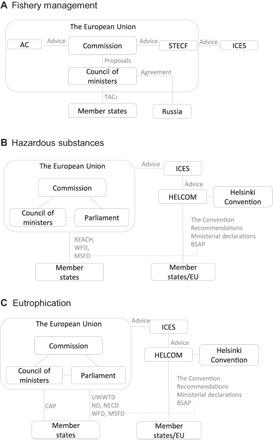Fig. 3. Governance structure in the Baltic Sea region.

(A) Baltic fisheries management is an exclusive EU competence under the Common Fisheries Policy (2013). Fishing is based on the maximum sustainable yield principle resulting in total allowable catches (TACs) and national quotas. TACs are developed in a process involving the following steps: Advice from stakeholder groups is collected by Advisory Councils (ACs), and scientific advice is provided by ICES and communicated to the EU Commission by the EU Scientific, Technical, and Economic Committee for Fisheries (STECF). The EU Commission suggests TACs to the EU Council of Ministers that makes the final decisions. On the basis of the TACs, national quotas are distributed, implemented, and monitored by member states. Bilateral agreements integrate Russia into the EU environmental management. (B) In the management of hazardous substances, HELCOM carries a significant role for monitoring, assessing, and agenda setting, whereas the EU provides legal basis and enforcement. HELCOM works through its recommendations, the BSAP, and ministerial declarations. The EU has addressed the issue via, for example, the Registration, Evaluation, Authorization and restriction of Chemicals (REACH) regulation, the Marine Strategy Framework Directive (MSFD), and the Water Framework Directive (WFD). The EU Commission initiates and proposes new legislation to be approved by both the Council of Ministers and the European Parliament. The EU and HELCOM closely interact. For example, the BSAP was initiated in 2007 following the EU MSFD. ICES provides scientific data to HELCOM and was involved in the development of the MSFD. (C) Governance of eutrophication. HELCOM targets the sources of eutrophication via several recommendations (for example, Rec 28E/4 on measures to hinder land-based pollution) and the BSAP with reduction targets for emissions of nitrogen and phosphorus. EU has adopted several directives to deal specifically with eutrophication including the Urban Waste Water Treatment Directive (UWWTD), the Nitrate Directive (ND), and the National Emission Ceilings Directive (NECD). The EU Common Agricultural Policy (CAP) strongly influences nutrient management. Within the CAP, member states implement specific agricultural measures targeted at nutrient reduction from agriculture that (partly) reflect measures recommended by HELCOM. For detailed references and sources, see data S3.
